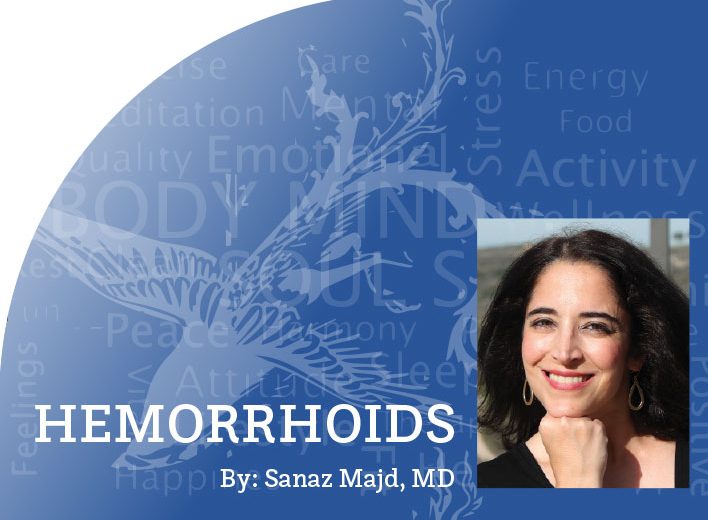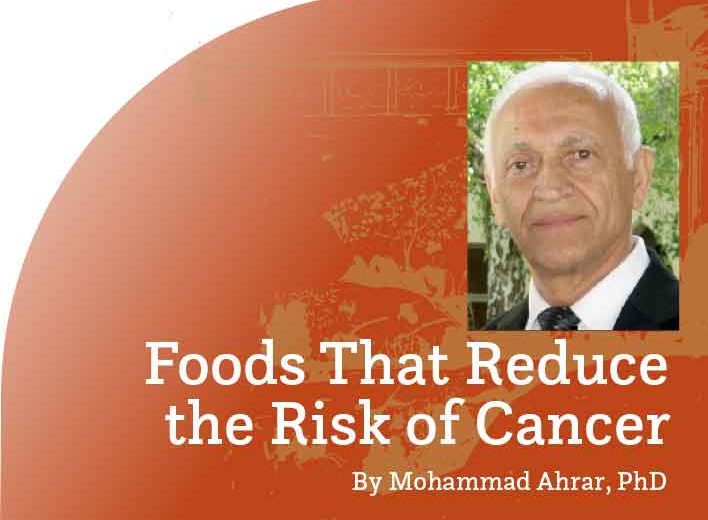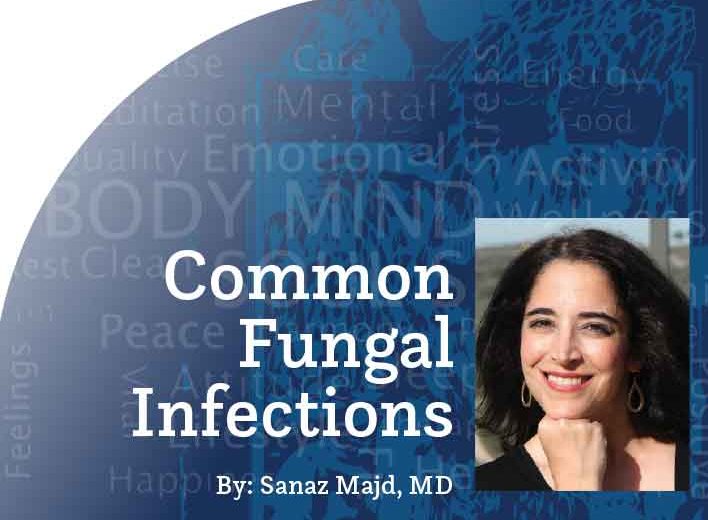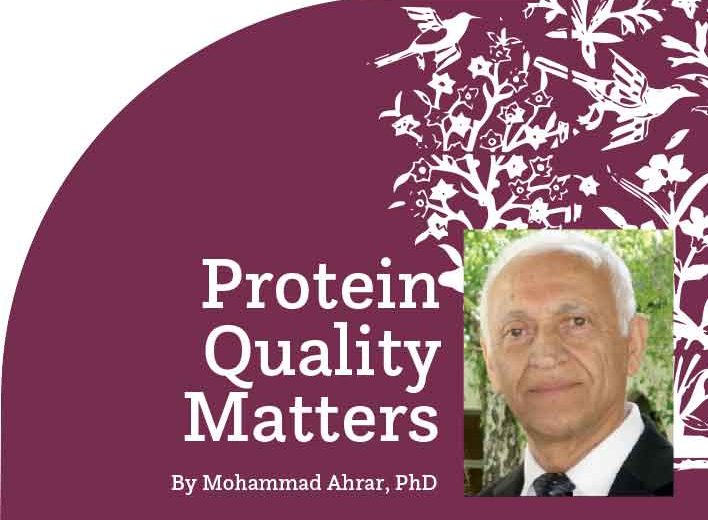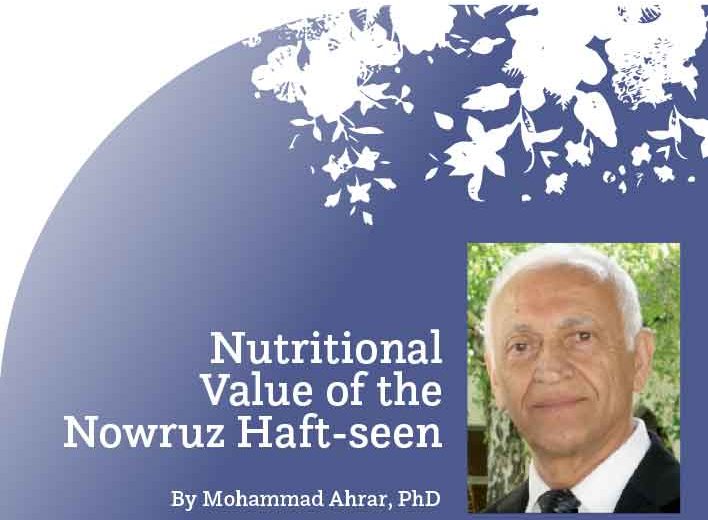
Nutritional Value of Eggs on the Nowruz Haft-Seen Table
Introduction
One of the traditions during Nowruz is setting a colorful haft-seen table. There are certain natural foods on the table that start with the Persian S which are edible and have nutritional value, such as Sib (apple), Seer (garlic), Serkeh (vinegar), Senjed (dried oleaster fruit), and Sumac (dried berry). The nutritional value of these foods was discussed in Peyk #192. The haft-seen table is also decorated with other symbolic items that do not start with S but have great nutritional value, such as the colored eggs. In this article, we will discuss the nutritional value of eggs.
Whole Eggs
Whole eggs contain most of the essential nutrients that the human body needs, including protein, essential vitamins, minerals, and energy-producing nutrients. These nutrients are concentrated in the egg white and the yolk.
Egg Whites
The egg white contains albumin, which is a complete protein. A complete protein or high quality protein contains adequate essential amino acids needed by the human body. Although most foods contain some protein, not all proteins contain all essential amino acids. Nine of the 20 amino acids that make proteins are considered essential, because the human body cannot synthesize them from other sources, so they must be supplied through the diet. Foods that supply all nine essential amino acids in adequate amount and proportion are considered to have high quality protein, or complete proteins. The egg white provides all essential amino acids.
According to the U.S. Department of Agriculture, the Recommended Daily Allowance (RDA) of protein in the U.S. is 46 grams per day for adult women and 56 grams per day for adult men. Studies show that pregnant women, lactating mothers, athletic individuals, older individuals, and people who are sick or recovering after surgery need more protein. One egg provides about 10% of the daily required protein.
Egg Yolks
Eggs are naturally rich in vitamin B2 (riboflavin), vitamin B12, folate, biotin, vitamin D, vitamin A, selenium, iodine, and other essential minerals and trace elements, including phosphorus. Almost all of these essential nutrients are found in the yolk. Studies show that the egg is a powerhouse of disease-fighting nutrients like lutein and zeaxanthin. These carotenoids may reduce the risk of age-related macular degeneration in older adults. Additionally, brain development and memory may be enhanced by the choline content of eggs.
Vitamin A in Egg Yolk
Vitamin A is best known for its role in normal vision, gene expression, reproduction, embryonic development, growth, and immune system functioning. One egg contains about 400 micrograms of vitamin A. The active form of vitamin A is only found in animal sources such as egg yolk and some other animal products. About 70-90 percent of pre-formed vitamin A is absorbed in the small intestine, so long as at least 10 grams of fat is consumed concurrently. Egg yolk provides fat as well as vitamin A. Provitamin A, a precursor of vitamin A, is found in plants and must be converted to active vitamin A in the body to be useful. However, absorption and conversion of provitamin A (such as carotene) to the active forms of vitamin A is not very efficient.
Eggs and Cholesterol
Egg yolk contains lipids including cholesterol and other nutrients. The negative image of cholesterol is attributed to the belief that cholesterol is associated with heart disease. Actually, when people talk about cholesterol in relation to heart health, they usually aren’t talking about cholesterol itself. It is the lipoproteins—the compounds that carry cholesterol in the bloodstream. One large egg contains 213 mg of cholesterol, accounting for two-thirds of the recommended daily limit. American Heart Association (AHA) guidelines suggests a total daily cholesterol limit of 300 mg. The confusion over eggs stems from their cholesterol content.
Cholesterol, like other lipids, is not soluble in water; therefore, when fats and cholesterol are transported in blood plasma, they must combine with more soluble compounds such as proteins. The combination of lipids with proteins makes lipoprotein. These molecules transport cholesterol and other lipids in the bloodstream. Depending on the proportion and types of proteins and lipids in lipoproteins, they are classified into different classes; among them are Low-Density Lipoprotein (LDL), known as bad cholesterol and High-Density Lipoprotein (HDL), known as good cholesterol. Therefore, HDL and LDL aren’t actually cholesterol, but they are lipoproteins that contain cholesterol.
There have been many studies about the nutritional value of eggs. In studies of more than 80,000 female nurses, Harvard researchers found that consuming about an egg a day was not associated with higher risk of heart disease. One study compared the effects of whole eggs and a yolk-free egg substitute on cholesterol levels. The results showed that people who ate three whole eggs per day experienced a greater increase in HDL particles and a significant decrease in LDL particles than those who consumed an equivalent amount of egg substitute. (See references below.)
After many years of study, it has become evident that cholesterol in food is not the culprit. Saturated fats have a much bigger effect on blood cholesterol. Full-fat dairy products and fatty meats are examples of foods that are loaded with saturated fats.
High levels of “bad” LDL cholesterol, particularly when oxidized, have been linked to an increased risk of heart disease, heart attack, and stroke. Research shows that some foods such as trans-fats or hydrogenated fats and sugars can raise cholesterol levels, but eggs are not one of them. Studies also show that artificial trans fats are linked to higher LDL cholesterol levels and an increased risk of heart disease. (See references below.) That’s because oxidized LDL cholesterol is more likely to stick to the walls of the arteries and form plaques, which clog these blood vessels.
Preparing Eggs
Washing eggs before handling them is a good practice which can eliminate some bacteria on the shell. Hard boiled eggs eliminate or kill most pathogens. The colored eggs on the haft-seen are usually hard boiled. Although they are edible, they may not be as nutritious as fresh eggs.
Hard Boiled Eggs
When eggs are overcooked, signified by a ring of gray or bluish color around the yolk, the nutritional value of the egg may change. High heat can oxidize the cholesterol and cause the formation of chemicals such as oxysterols. Scientists have hypothesized that high blood levels of oxysterols may contribute to the development of heart disease, but further evidence is needed to support this theory.
Fried Eggs
Eggs fried in fats can add more calories to the diet. Worse, polyunsaturated oils such as olive oil and corn oil cannot tolerate high heat, which changes their structure, producing toxic substances. Studies show that high heat such as that used in frying oxidizes unsaturated fatty acid in oils rather quickly. Oxidation of fats can lead to formation of free radicals or peroxides, which can cause health hazards and cancer. Even inhaling the smoke from burning oil is considered a health hazard and should be avoided. Animal fats such as butter and some vegetable fats such as avocado oil and coconut oil can tolerate heat better than olive oil. But fried eggs contain more fat than boiled or poached eggs.
Free Range and Vegetarian Eggs
Free range eggs should come from chickens that are allowed to roam freely (free range) on pasture and have access to green fields. Please be advised that some egg producers may raise chickens on a floor (4-5 chickens per square meter) and market the eggs as “free range.” Vegetarian eggs are produced by hens given feed that is free of animal products, such as fishmeal or bone meal or meat scraps. Vegetarian eggs are produced by hens that have been given all-organic feed.
____________________________________________________
Selected references:
https://en.wikipedia.org/wiki/Nowruz
https://www.healthline.com/nutrition/oranges#nutrition
https://www.healthline.com/nutrition/why-is-fiber-good-for-you#TOC_TITLE_HDR_3
https://www.hsph.harvard.edu/nutritionsource/what-should-you-eat/fats-and-cholesterol/cholesterol/
https://www.healthline.com/nutrition/dietary-cholesterol-does-not-matter#effects
Health and Nutrition Letter, Nov. 2015, published by Tuft University, School of Nutrition Science and Policy.
Susan G. Dudek, Nutrition Essentials for Nursing Practice, ed. 5. Lippincott Williams & Wilkins, New York 2006.
http://www.hsph.harvard.edu/nutritionsource/what-should-you-eat/protein/


